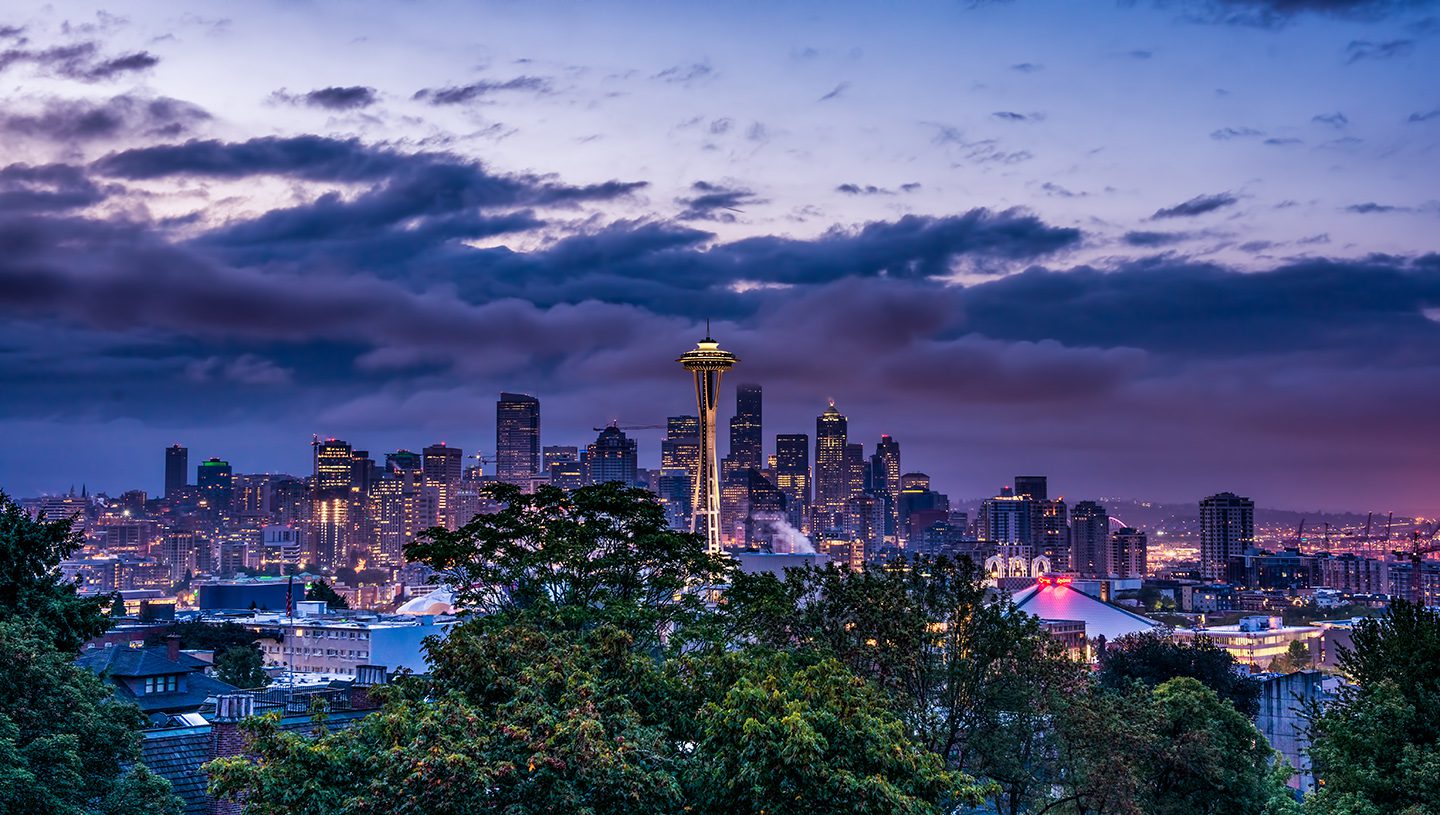Another banner year in the books for Seattle! Our lovely city kept growing faster than developers could erect cranes (almost!). Registration for new Washington State driver’s licenses increased by 4.8% over last year as more out-of-towners moved to the Evergreen State, and that state more than 100,000 jobs year-over-year.
Ask most Seattleites, and they’ll tell you that their city is the best – , yet others continue to notice, and this year that included new employers, new employees and new investors alike. As the new year approaches – bringing plenty of change and uncertainty – I want to reflect on some highlights from 2016.

For the first time in history, Seattle cracked the Census Top 10 list of Densely Populated Cities.
Many residents are worried about the impact these new density levels could have on the city’s livability. No matter what, increasing density means development.

Everyone knows Seattle housing is in high demand, and this year the city’s median rent increased 6.7% compared to 2015, what was on its own considered an incredible year.
Apartment List’s annual report found that Seattle had the 9th highest rent in the nation at $2,210 for a 2-bedroom unit.

Big name employers like Amazon, Boeing, and Facebook are drawing a lot of new residents to Seattle, yet this city’s connection to the outdoors is a major part of the attraction for newcomers considering the move.
Redfin ranked Seattle as the 8th most walkable city in America in 2016, proving that amid all the construction, this city’s quality of life remains strong.

For the first time, U.S. News & World Report released their list of the Best Places to Live, and Seattle nabbed a spot at #7.
Seattle ranked highly as a result of the city’s job prospects, desirability, our in-migration rates, and our quality of life.
Seattle shares a lot of characteristics with the other cities in the top 10, like Denver and Austin. All three cities are strong tech hubs, outdoors-oriented, and have a rich cultural scene.

The American Fitness Index ranked Seattle as the 6th fittest city in the U.S. this year (Washington D.C. was #1). While this ranking isn’t surprising if you take a stroll along Greenlake on a Saturday morning or count bicyclists along Dexter Ave N, it is impressive when you consider that most of the other cities on the list have more robust public transit options than Seattle has (right now).

Not only are Seattle companies hiring like crazy, but employees here feel engaged, valued and overall satisfied with their careers. Why do happy employees affect development in Seattle? Because employee satisfaction is closely tied to company success and profitability, which means Seattle’s economic growth is unlikely to abate any time soon!

For the third year in a row, Seattle was one of the Top 5 fastest-growing cities in America. Seattle’s population grew 2.3% from 2014 to 2015, trailing only Denver, Fort Worth and Raleigh – meaning it was the fastest growing city in its cohort of ultra-competitive tech-hubs.
If Seattle continues to grow so aggressively – and signs point to that being the case – then the city will face new challenges and opportunities in real estate development.

Seattle already added more than 53,000 jobs in 2016, with our month-to-month job gains outpacing the national average. The city’s progressive minimum wage laws and the more than 34,000 open jobs make Seattle an attractive place to find employment!

Many things are changing in Seattle, but some of our core traits still remain: Redfin recently ranked the most caffeinated cities in the U.S., and Seattle was ranked #2 (behind San Francisco). We have 843 coffee shops within city limits, and more than 79% are local shops.

On first glance, this #1 ranking only seems like good news for a handful of Seattle’s most tech-savvy residents.
But this #1 ranking tells another story, too: a story about the recent flood of tech talent to Seattle, which is raising the city’s median income and in turn raising rents. Many of Seattle’s new market entrants are brand name tech employers like Pinterest, Google and Facebook. This ranking embodies the year that Seattle has had, and it’s a glimpse at what our future might look like.

